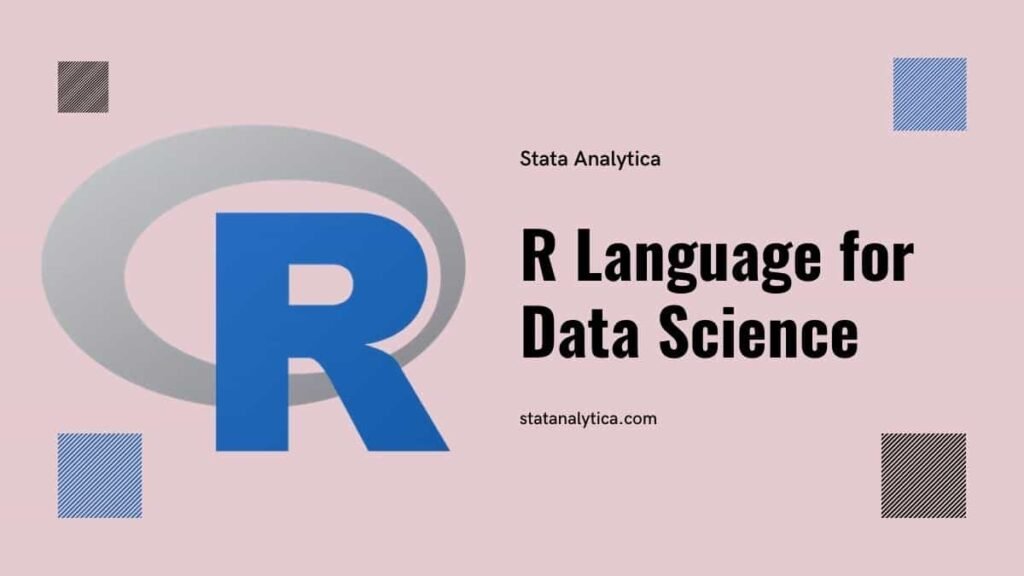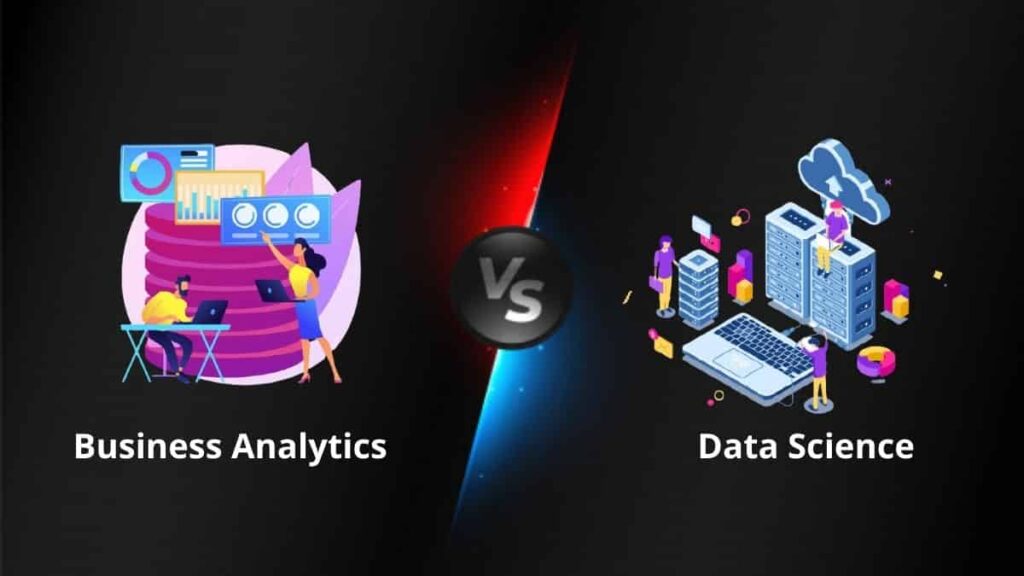Big data and cloud computing both are trending and long term technologies in IT industry. Big data is becoming most popular term in the industry. Because of the growing number of data from different sources the big corporation require the the system known as big data. Big data and cloud computing are not same both are different from each other. Let us start to discuss about the Difference b/w Big Data And Cloud Computing.
Big data and cloud computing both are trending and long term technologies in IT industry. Big data is becoming most popular term in the industry. Because of the growing number of data from different sources the big corporation require the the system known as big data. Big data and cloud computing are not same both are different from each other. Let us start by looking at the features of big data.
What is the Difference b/w Big Data And Cloud Computing
Table of Contents
Big Data
Big data is one of the most popular term these days. The name itself says that it contains the massive amount of data. Apart from containing the data it also provide the way to gathering, storing, organising and analysing data collected from various sources.
Big data contains huge amount of data the data can be structured, semi structured and unstructured. It provides the ways to process all these data into valuable information for the organisation to take further decisions.
Big data is the combination of the following features:
Volume: The very nature of big data, which is the volume of data that an organization may need to process, store, and analyze in terabytes of petabytes.
Velocity: The velocity of information that is abrupt and massive, necessitating analysis within, or close to, real-time processing.
Variety: This includes structured data, which includes data in tables, such as in a database; semi-structured data, such as XML; and unstructured data, such as social media forums, images and videos.
Usually big data holds the data ranges in Exabyte, petabytes etc. Keep in mind that the data sources of big data is no single. The data is comes from various sources i.e sales record, R&D department report, competitor report and internet information.
Remember that the data not always be in structure form because it is collected from various sources. Big data analyzes the data at lightning fast speed. Because of the velocity of Big data it is applied in artificial intelligence and machine learning.
Cloud Computing
Cloud computing the name itself explaining what is it. It is the technology use for storing and access data and application through the internet. It is not similar to big data because you can’t have your own personal resources for cloud computing.
Major Characteristics of Cloud Computing
On-Demand Self-Service
As a result, they can directly acquire the computational resources, which they need without depending on service providers.
Broad Network Access
Cloud services are available through the World Wide Web from any computing device, including laptops, mobile phones, and tablets.
Resource Pooling
Many users simultaneously have access to a portion of the computing resources (e.g., servers, storage) that is allocated and deallocated as needed.
Rapid Elasticity
The amount of resources used in a project can be quickly changed to reflect the different resource demands of the business environment.
Measured Service
Cloud systems are fully self-managing and self-optimizing resources based on a metering capability at some level of abstraction for the service.
Also Read:-
Cloud Computing Category
SaaS(Software As A Service)
Sass is one of the most famous cloud computing lots of companies are using SaaS to provide their service to the customers. In this a software installed on the company’s major server and the users use it through their computer or any other internet based devices. Moz is the best example of SaaS. It is an internet based cloud computing.
IaaS (Infrastructure as a Service)
In this type of cloud computing the companies provide the storage space on their computer to the users. The user get the specific amount of space as per company terms. The user can arrange the file as per their choice. It is same as local storage but the only difference is that this storage space is provided through the internet. Google Drive, Dropbox are the best example of IaaS.
(PaaS) Platform as a Service
PaaS is one of the most popular cloud computing. It provide the platform to the users to develop the softwares through the tools provided by the Paas company. The users can easily manage the software. One of the most popular example of PaaS is Amazon Web Services(AWS).
(Daas) Database as a Service
DaaS is one of the growing cloud computing. It provide the database access to the users. The users can access to the data without need to buy the entire database. The best part of DaaS is there is no need to update the data in this database. The DaaS providers will automatically update the data at regular interval. Xignite is one of the most popular financial database providers in the world.
(CaaS) Containers as a Service
CaaS stands for containers as a Service. It is also getting popular with every passing years. In this type of service cloud providers offer container engines, container orchestration, and underlying computing resources as a service. Google Container Engine, and Azure are the best examples of CaaS.
Let’s Sum Up
Big data is the process of capturing, managing, and making sense of large amounts of data to support a range of organizations in identifying efficient operational patterns and strategies. It includes methods and processes intended for dealing with the amount, pace and type of information available in the present fast-evolving high-tech environment.
On the other hand, cloud computing offers the environment and solutions required to store, process and analyze this data. This makes big data useful for organizations because cloud computing can provide services with data capable of indefinite storage in actual physical structures.
Understanding the difference b/w big data and cloud computing is important for fully appreciating the potential of these technologies.


